With a 10 – 12 million population in Europe, Roma are Europe’s largest and most marginalized ethnic minority. An estimated 90% of Roma people live in poverty, and illiteracy rates can be as high as 80% in some communities.[1]
Roma experience discrimination across the board, and across Europe, a reality evidenced by grim realities such as the widespread forced evictions of Roma communities,[2] segregated school systems that have resulted in several Roma-only schools across Europe,[3] and recent cases of forced sterilizations in the Czech Republic, Hungary and Slovakia. Indeed, if you type ‘why are Roma…’ into Google, the search engine will complete you sentence with: ‘why are Roma so hated?’
It is astonishing how many people, some of whom are sensitive to discriminatory language towards other marginalized groups, speak openly about their hatred or mistrust of the Roma population. In fact, a recent survey on hate speech carried out by the Open Society Institute in Bulgaria found that 92% of respondents who had heard hate speech in the 12 months preceding the survey said that it was addressed towards Roma.[4]
The prevailing attitude among many people is that Roma ‘don’t want to integrate’ into general society, and they don’t want help, even when given the chance. This idea is condemned by Roma activists such as Soraya Post, a Roma woman and MEP from the Swedish Feminist Initiative Party, who recently tweeted that ‘Discrimination is about racism, not about Roma not wanting to integrate! ’[5] Indeed, the widely-held narrative that Roma ‘don’t want to integrate’ only succeeds in shifting responsibility for the social exclusion of Roma from broad society and the state onto Roma people themselves. It is an attitude that is predicated on an Us Vs Them narrative, which presents Roma as one homogenous group, and does not take into account the fact that desire to integrate is a personal decision, and not a feeling of consensus from an entire community.
It is important to understand the societal discrimination faced by Roma in order to comprehend the knock-on effects this discrimination has for Roma people’s access to basic human rights. Discrimination holds consequences for an individual’s economic and social rights and can lead to serious consequences for their health, including their sexual and reproductive health. In other words, the complex and multi-layered discrimination experienced by Roma people can act as a serious barrier to Roma’s access to basic sexual and reproductive rights, and this is often amplified in the case of Roma women, who are also face discrimination because of their gender and the patriarchal structures that underpin some Roma communities.

Because of these patriarchal structures, Roma women and girls are expected to fulfil certain gender-specific roles within their communities and from a young age, they are trained in the domestic duties considered fitting to their gender. They learn how to cook and clean and care for their siblings, household tasks which draw away from time spent on school education and later, hamper girls’ chances of becoming independent and economically empowered. Young women are discouraged from maintaining a public life, as socializing with boys is considered a risk to their ‘honour’ and virginity is a strict prerequisite to marriage. Indeed, according to the Multiple Indicator Cluster Survey (MICS) taken in Serbia in 2010, as many as 14 per cent of Roma girls in the 15-19 age group were married before reaching 15 years of age, and one third had their first child before turning 18.[6]
Indeed, there is a lot of pressure on Roma women to have children very soon after they are married, even if the marriage takes place at a young age.[7] This pressure is exemplified by certain communities’ practice to dissolve marriages should the married woman take too long to conceive a child. Furthermore, given that contraceptives are not readily available for many Roma women, family planning and spacing can be very difficult and some communities record rates of only 10% contraceptive use.[8] This means that abortion is frequently relied upon as the main method of family planning and some reports recount incidences of men complaining about abortion costs as a means of bragging about their virility.

However, the community-specific obstacles that prevent women’s access to contraception are aggravated by general societal discrimination against Roma communities. The capacity of Roma women to challenge patriarchal structures is inhibited by the hostility they may face if seeking help from say, state authorities or health care providers. The financial crisis and subsequent growth of populism and xenophobia have increased feelings of intolerance toward Roma, where anti-Roma rhetoric has become increasingly common in the political discourse of several European countries. As the state turns it back on the Roma, Roma communities lose any sense of trust in the authorities. One obvious consequence of this mistrust is that it decreases the likelihood that Roma will turn to the authorities for help when they are in need. Furthermore, in some Roma communities, the cycle of societal prejudice and mistrust is aggravated by the perception held by some members of the Roma community that seeking help for internal community problems from the ‘Outside,’ will perpetuate negative stereotypes against Roma. In other words, many Roma feel that reporting a crime or problem from within their community would be a betrayal of sorts.
For Roma women, the potentially negative consequences of these attitudes of mistrust and loyalty are obvious. For example, it is easy to see how Roma women might be reluctant to access health services or seek help from the authorities in cases of inter-partner abuse. In the case of the latter, the abuse-victim may have little faith that the authorities will actually help her and she may also worry that her community will blame her for enhancing prejudice against Roma by reporting the crime.
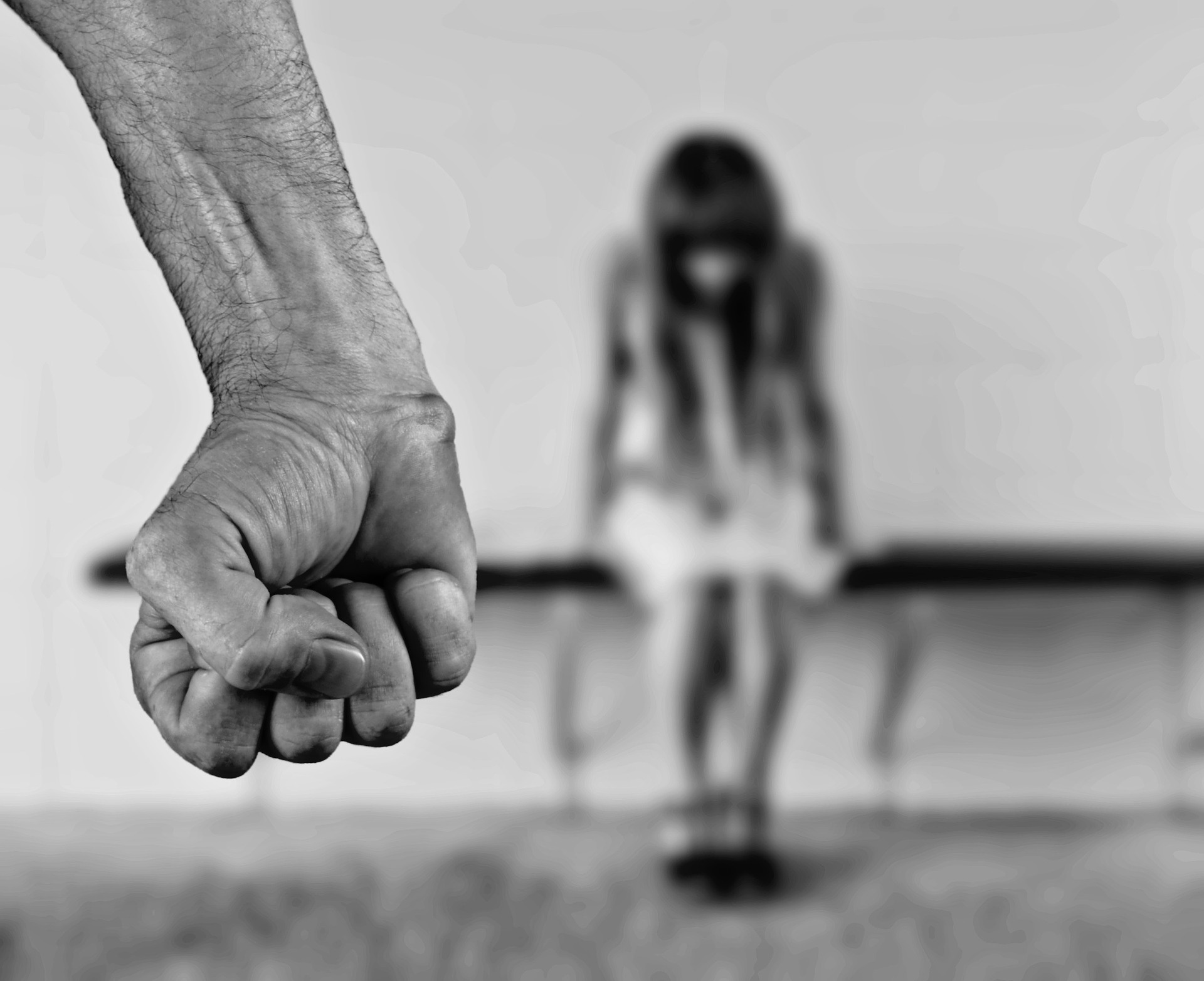
Certainly, it must be stated that there are sparse facts on the levels of inter-partner abuse within Roma communities. However, Teodora Krumova, founder of a Bulgarian NGO for Roma rights, provided SpeakActChange with some harrowing, yet inspiring stories on the subject. Most striking, perhaps, was the story of a woman from one of the most traditional Roma communities in Bulgaria. Having married at the age of fifteen, the relationship quickly turned abusive, and finally, one night when her husband threatened her with a knife after she failed to serve him a dinner to his tastes, she got the courage to leave him.
Once he came home drunk, and he woke her to serve him dinner, but he didn’t like the way she served it, so he tried to kill her with a knife.
Unfortunately, her husband would not allow her to leave with their infant son, because women do not possess the rights to keep their children once the marriage has ended in certain communities. She went to the police, but they told her that there was nothing they could do.
‘Come on, this is your stuff, we cannot do anything.’ She then went to social services, who advised her to forget about her son and instead to have another baby. ‘Just leave this baby and have another.’ Finally, her own mother told her that it would be best for her to return to her husband, that they would speak with her husband to end his abusiveness but that she should prioritize her family and tradition.
So, at the age of 21, and with the support of Amalipe, this woman embarked on a three year legal battle to get the right to custody of her son, a battle fought on the basis that her husband was abusive and had been convicted of other crimes in the past. She eventually won her case, and is now happily married with a new husband and has just completed her first year of university. Hers is a story of strength and determination, in the face of adversity and discrimination from all sides. However, her story also illustrates the myriad obstacles which prevent Roma women from accessing their basic human rights.
The combination of patriarchal structures and widespread discrimination that hampers the empowerment of Roma women remains toxic in the 21st century. Misogyny faced by some Roma women within their communities is compounded by the deeply rooted anti-Gypsyism that is found in societies across Europe, and by a lack of education, both of which isolate Roma women and prevent them from looking outside their communities or criticizing their inherent structure. In the words of Soraya Post, ‘(It is) larger society (that) is causing the failures, and then blaming the Roma for the failures.’
Advocacy Entry Points:
‘In 2011 the European Commission adopted an EU Framework for National Roma Integration Strategies focussing on four key areas: education, employment, healthcare and housing…. The Framework invited all Member States to present the European Commission with their strategy for Roma inclusion or for specific policy measures for the Roma within their wider social inclusion policies…. National contact points have been set up in each country for Roma integration strategies.’
Do some research to see if your country has set up a strategy for Roma inclusion and find out about the monitoring mechanisms that have been established to monitor the progress of this strategy, the monitoring mechanisms may be a good entry point for your engagement. If your country has not set up a strategy, pushing for one might be the focus of your advocacy. – Assess which organisations you might collaborate with to advocate for the need of a Roma inclusion strategy. You might consider presenting your case at governmental-civil society consultation meetings, roundtable discussions, meetings with local government officials or letters / emails to political representatives. Remember – you must always be armed with the facts before you begin to advocate.
- You might also consider developing a social media campaign to raise awareness on Roma rights and mobilize support for your advocacy on the issue.
- One of the most important steps to be made in protecting the rights of Roma women is to empower Roma women to speak for themselves, so that they can be given the space to stand up for their own rights. If you are organising a conference, a campaign, or engaging in a task force in any SRHR issue, think about how you might involve representatives from Roma communities in these initiatives.

Find out more:
- Check out this UNFPA video on early childbirth in Roma communities: https://www.youtube.com/watch?v=xP2742zysQw&feature=youtu.be
- The Open Society Foundation has done a lot of work on combatting discrimination of Roma people. You can find out more by reading some of their articles, checking up on facts or taking a look at their videos here.
- Have a read of some of the articles use to write this piece:
- Or, have a look at some of the great programmes being implemented by the Bulgarian NGO, Amalipe, whose founder was interviewed for this article.
[2]Fighting Racial Discrimination in Housing: Forced Evictions against Roma/Open Society Foundation
[3]Slovakia: Unlawful ethnic segregation in schools is failing Romani children/Amnesty International
[4]Public Attitudes towards Hate Speech in Bulgaria in 2016/Open Society Institute Sofia
[5] Roma Activist Soraya Post/Twitter
[6]Child Marriage in Serbia (Overview)/UNFPA Serbia
[8] Child Marriage in the Former Yugoslav Republic of Macedonia (Summary)/UNFPA


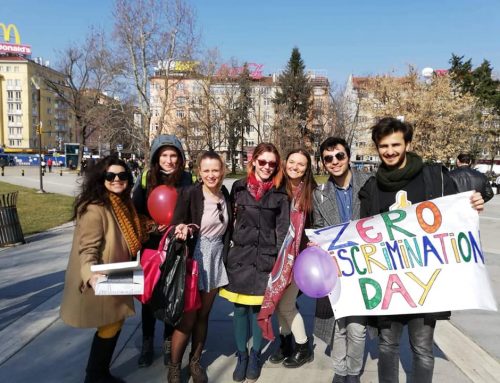





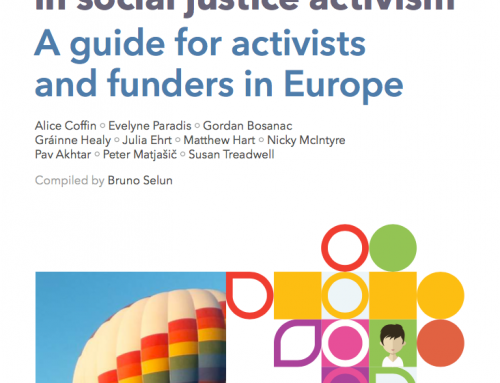
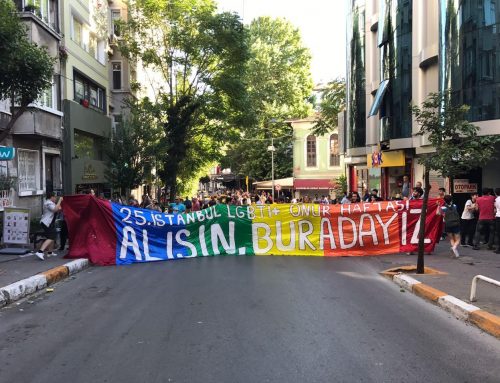


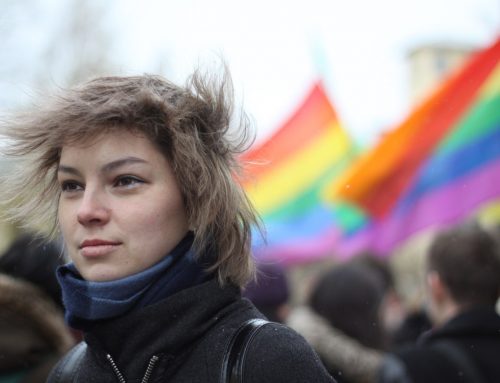



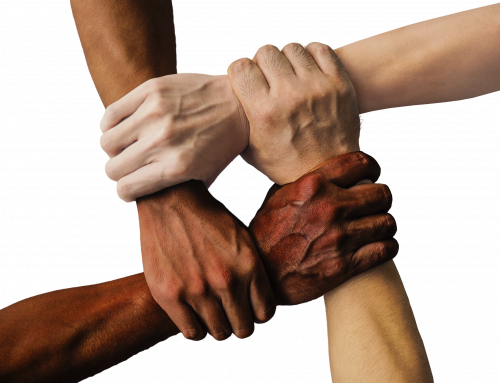

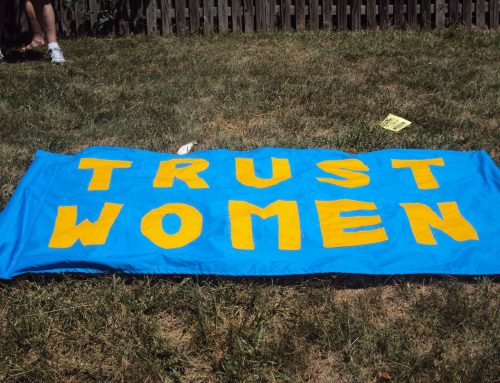
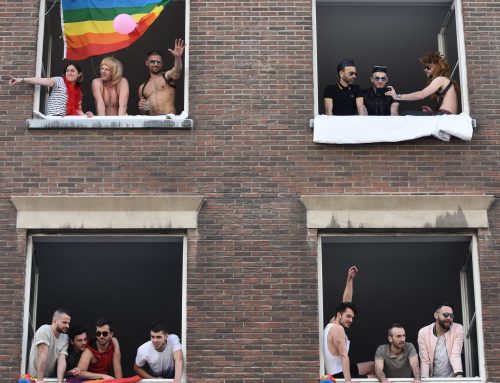
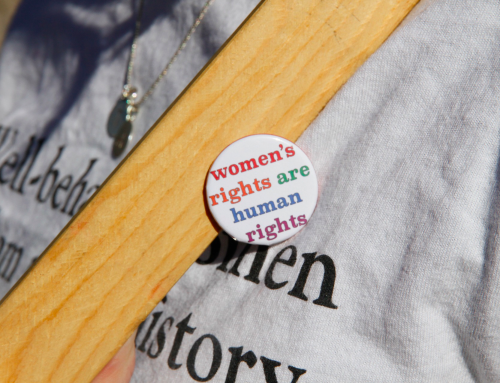


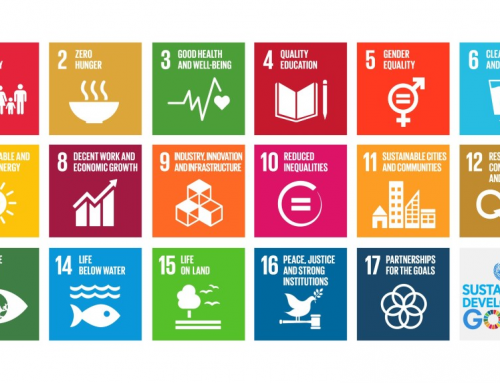

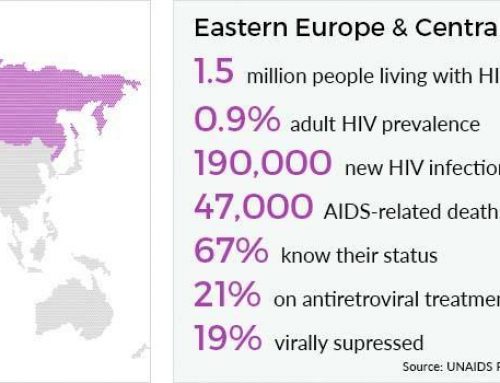


Leave A Comment
You must be logged in to post a comment.